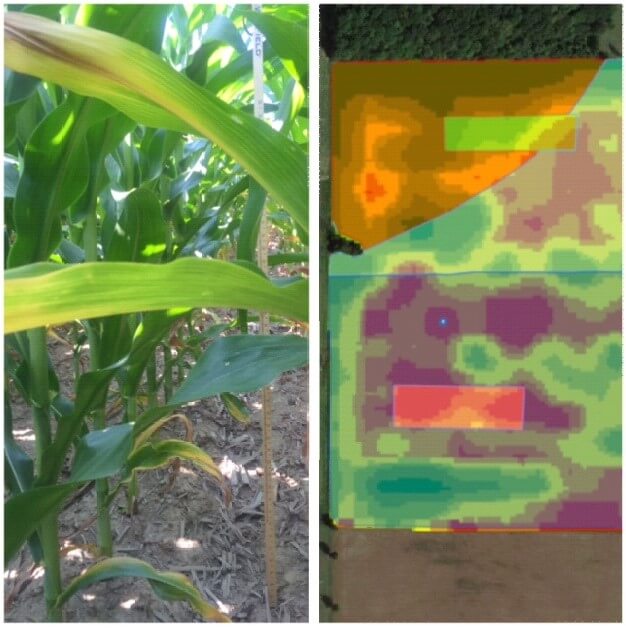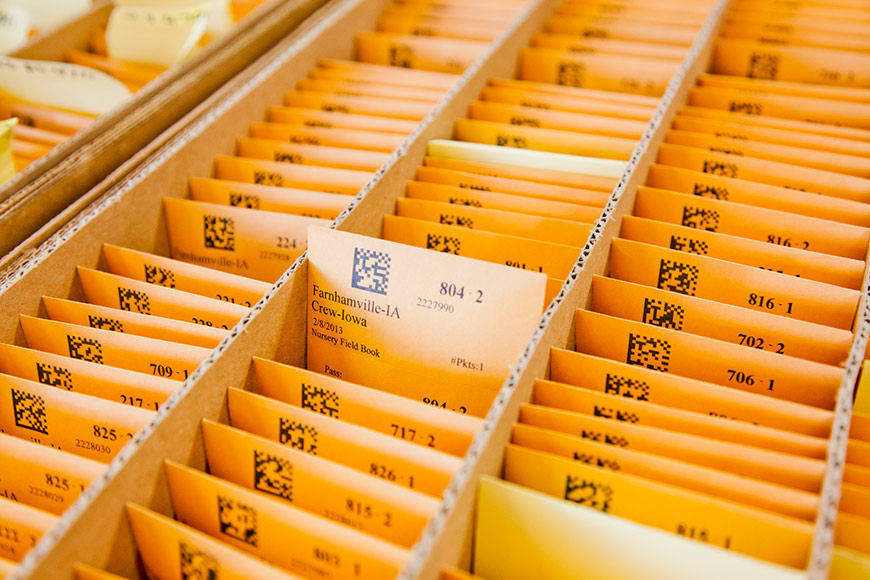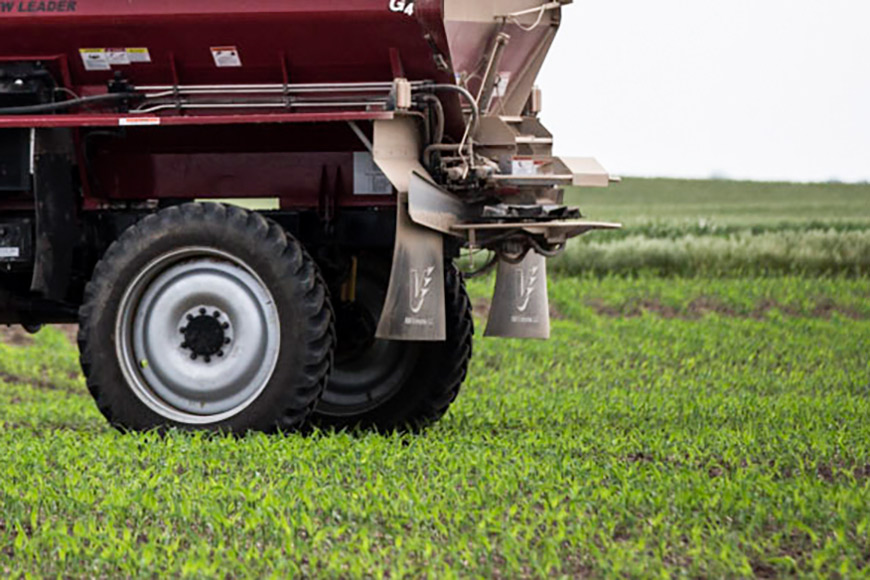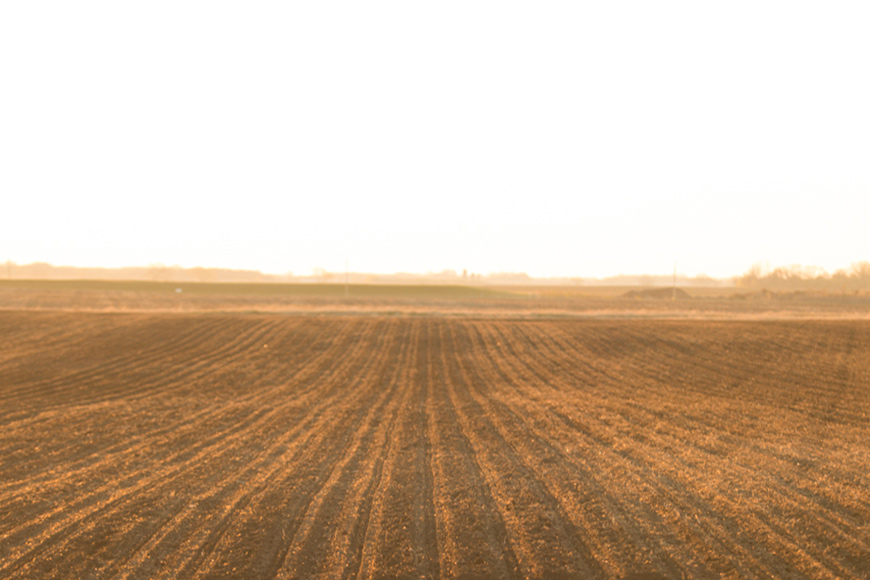Use Tech for a Pre-Harvest Report Card, Correct for Issues

It’s a common misperception that we’ve done all that we can to optimize yield by this time of the year. Late-season tissue sampling allows us to listen to what the crop is asking for to make adjustments for next year. Think of it like a mid-semester report card that gives us a springboard as we try to reduce plant-stress during grain fill.
First, we can use in season imagery (ISI) from the R7® Tool to identify key zones in the field and related management opportunities. We can export these images out to Google Earth where we can really get our boots on the ground to identify why these zones are performing the way they are.
Then we can pair that guided scouting via ISI with NutriSolutions® tissue sampling, to narrow down the nutrient issues we need to address with our off-season fertilizer applications. My colleague John Smith, a WinField agronomist in Ohio likes to say that “it isn’t about amending our soil as much as it is about feeding our crop.” After all, we are putting bushels in the bin, not soil colloids.
Finally, use this as an evaluation tool to identify the results of this crop year’s practices to evaluate opportunities for next season. Consider what areas of the field can be managed more effectively, where nutrient issues effected yield potential and what you can do to support those deficient areas.
Next year, keep in mind that scouting and tissue sampling can play a role in your management program throughout the season, even into late July and early August. Late in the season, between VT and R2, there is a prime opportunity to identify nutrient issues effecting the overall performance of the crop.
Contact your local Winfield retailer to see what unanswered opportunities are still lying in your field.
First, we can use in season imagery (ISI) from the R7® Tool to identify key zones in the field and related management opportunities. We can export these images out to Google Earth where we can really get our boots on the ground to identify why these zones are performing the way they are.
Then we can pair that guided scouting via ISI with NutriSolutions® tissue sampling, to narrow down the nutrient issues we need to address with our off-season fertilizer applications. My colleague John Smith, a WinField agronomist in Ohio likes to say that “it isn’t about amending our soil as much as it is about feeding our crop.” After all, we are putting bushels in the bin, not soil colloids.
Finally, use this as an evaluation tool to identify the results of this crop year’s practices to evaluate opportunities for next season. Consider what areas of the field can be managed more effectively, where nutrient issues effected yield potential and what you can do to support those deficient areas.
Next year, keep in mind that scouting and tissue sampling can play a role in your management program throughout the season, even into late July and early August. Late in the season, between VT and R2, there is a prime opportunity to identify nutrient issues effecting the overall performance of the crop.
Contact your local Winfield retailer to see what unanswered opportunities are still lying in your field.





